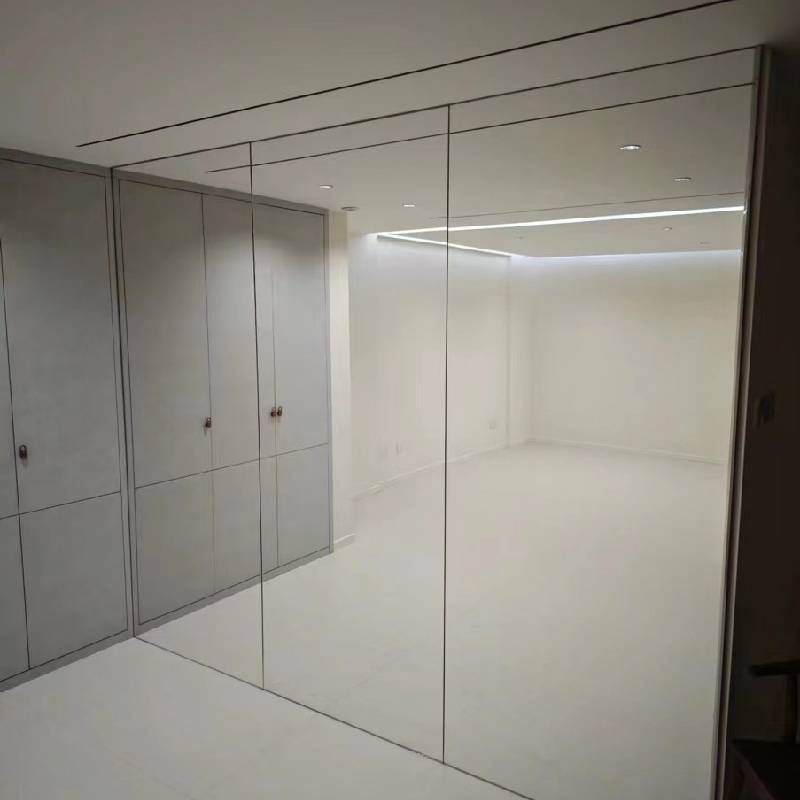

The Versatility of Float Glass Mirrors
Float glass mirrors are an integral part of modern architecture and design, offering not only functionality but also aesthetic appeal. These mirrors are manufactured through a specialized process that results in a smooth and flat surface, making them ideal for reflective purposes. The term float glass refers to the production method, where molten glass is floated on top of molten tin to achieve a flawless finish. This unique manufacturing technique leads to the creation of high-quality mirrors that are widely used in various applications, including homes, offices, and commercial spaces.
Manufacturing Process
The process of creating float glass mirrors begins with raw materials, primarily silica sand, soda ash, and limestone. These components are melted together in a furnace at extremely high temperatures to form molten glass. Once the glass reaches the desired temperature and consistency, it is carefully poured onto a bed of molten tin. As the glass floats on the tin, it spreads out to create a perfectly flat and uniform thickness. After this, the molten glass is slowly cooled in a controlled environment, a process known as annealing, which helps relieve internal stresses.
Once the float glass is formed, the next step involves coating one side with a thin layer of silver nitrate, followed by an additional layer of protective paint or lacquer. This multi-layered approach not only provides a reflective surface but also enhances the durability of the mirror, making it resistant to corrosion and environmental damage. The result is a mirror that exhibits excellent optical quality, with minimal distortion and a high level of reflectivity.
Applications and Benefits
Float glass mirrors are remarkably versatile, finding a place in many different environments. In residential settings, they are commonly used in bathrooms, bedrooms, and living rooms, serving practical purposes while enhancing the interior decor. A well-placed mirror can create the illusion of space and light, making smaller rooms appear larger and brighter.

In commercial spaces, float glass mirrors are utilized for branding and decorative purposes
. Retail stores often use large mirrors to enhance the customer shopping experience, allowing shoppers to visualize themselves with different products. Additionally, in office environments, mirrors can contribute to a more open and welcoming atmosphere, promoting a sense of comfort and creativity among employees.Apart from aesthetic and functional benefits, float glass mirrors are also valued for their safety features. Many manufacturers offer tempered or laminated options, which are designed to shatter into small, harmless pieces rather than sharp shards in case of breakage. This characteristic is especially important in high-traffic areas or spaces frequented by children.
Care and Maintenance
Maintaining float glass mirrors is relatively straightforward. Regular cleaning with a gentle glass cleaner and a soft cloth can keep the reflective surface pristine. It's essential to avoid abrasive materials or harsh chemicals, as these can scratch the surface and diminish the mirror's quality over time. Additionally, proper installation is key to ensuring longevity; mirrors should be mounted securely to prevent accidental falls.
Conclusion
Float glass mirrors stand out for their high-quality production, versatility, and safety features. Their ability to blend practicality with elegance makes them a popular choice in various applications. Whether you’re looking to enhance your home’s décor or create an inviting atmosphere in a commercial space, float glass mirrors provide an effective solution. As technology continues to evolve, the future of float glass mirrors looks promising, opening doors to innovative designs and applications that will further enrich our living and working environments.